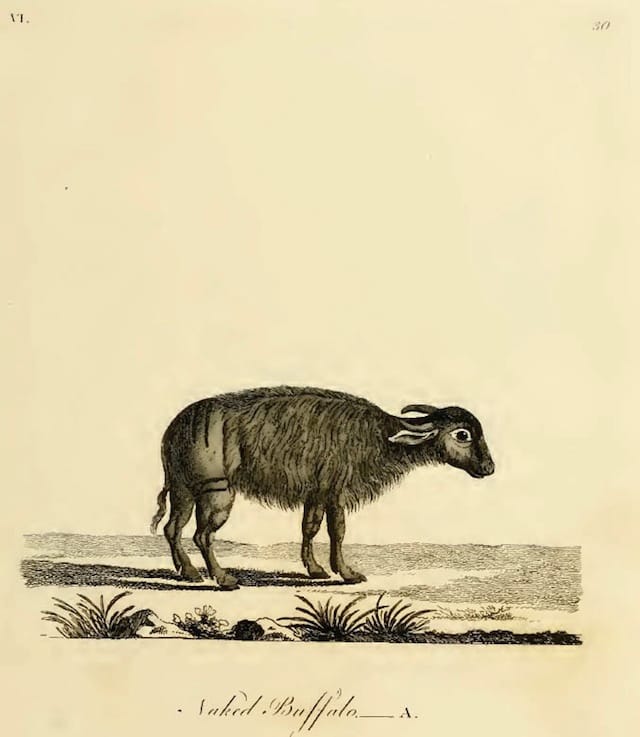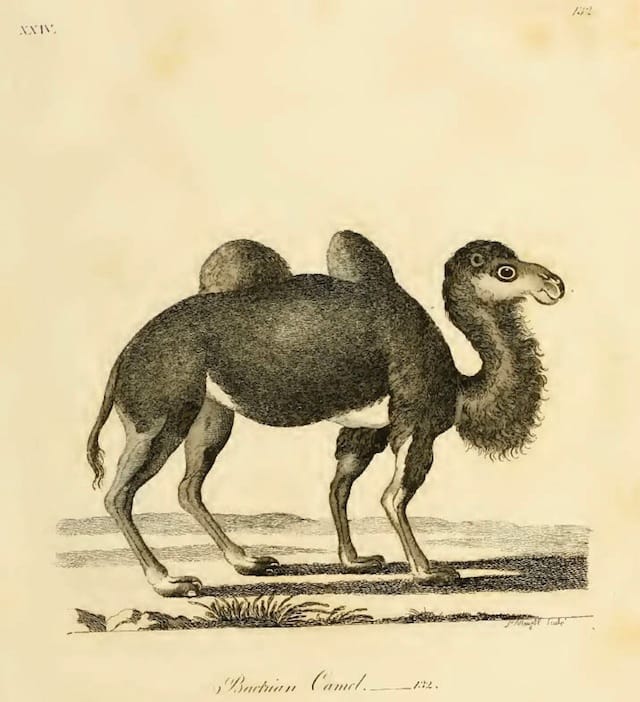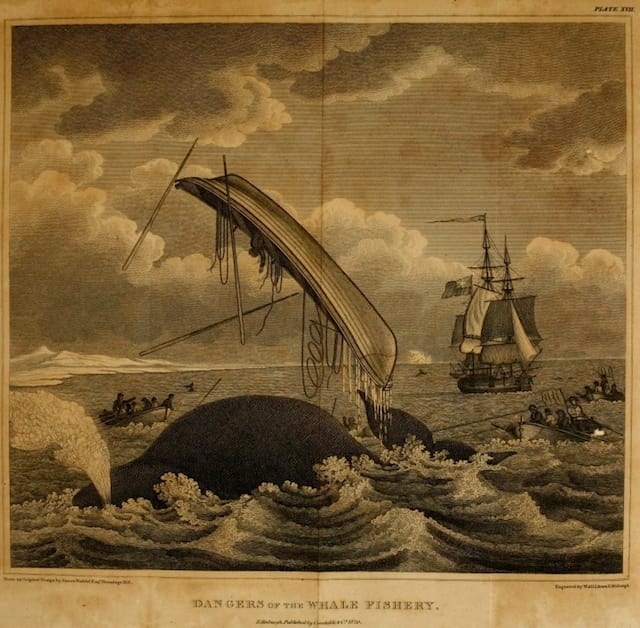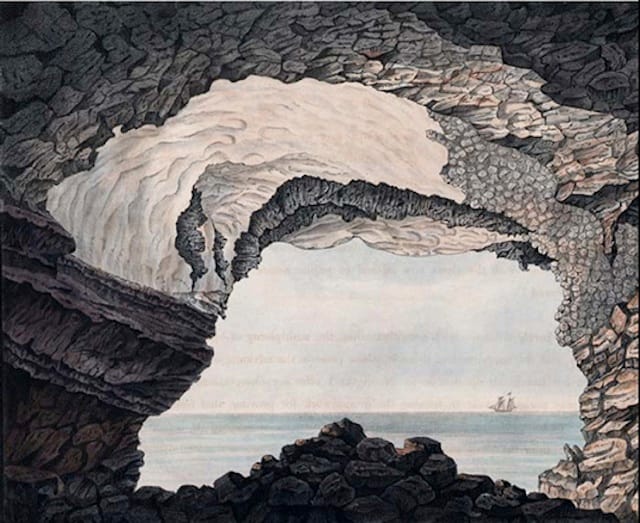The Library That Kept Darwin Company for Five Years, Reconstructed
For the five years Charles Darwin spent sailing on the HMS Beagle the budding naturalist had around 404 books for company. After the ship returned to England on October 2, 1836, the books were dispersed, only now reassembled in a digital form.

For the five years Charles Darwin spent sailing on the HMS Beagle — a journey intended to last just two years — the budding naturalist had around 404 books for company (along with the crew of over 70). The collection mostly belong to Captain FitzRoy, who had taken over after the previous captain, Pringle Stokes, committed suicide. After the ship returned to England on October 2, 1836, the books were dispersed, only now reassembled in a digital form.
Launched today, the Darwin Online Beagle Library brings together the titles through careful research into Darwin’s references in his notebooks, crew member letters, and the surviving volumes. The 195,000 pages include 5,000 illustrations, with books ranging from scientific texts like Charles Lyell’s Principles of Geology, to tales from other nautical explorers like James Cook, and literary fare like Milton’s Paradise Lost.
John van Wyhe, a science historian at the National University of Singapore and the leader of the research team, told the Guardian, “Darwin literally lived in the library for five years. […] The science of his day was already quite sophisticated. All these geology books and all these books on fossils. Darwin could build on what was already known and what had come before.”
There wasn’t much else to do on the long stretches between the Galápagos, Tahiti, Australia, and other lands (except of course, keep the boat afloat, but that wasn’t his job), so Darwin dove into the notes from previous explorers, perhaps later shocked that animals such as the wide-eyed creatures in Thomas Pennant’s 1793 History of quadrupeds weren’t quite as hallucinatory as promised. However, it all gave a base of knowledge that would later be a foundation for his 1859 On the Origin of Species. Some texts were essential to his research, like Werner’s Colours (1821) that he used to note the distinct colors of fish scales and bird eyes, things that couldn’t be easily collected. Having it all compiled together gives a context for what kind of knowledge Darwin was immersing his brain in, and now you can examine it all yourself without the risk of cabin fever.







Find all of the Charles Darwin Beagle library at Darwin Online.





